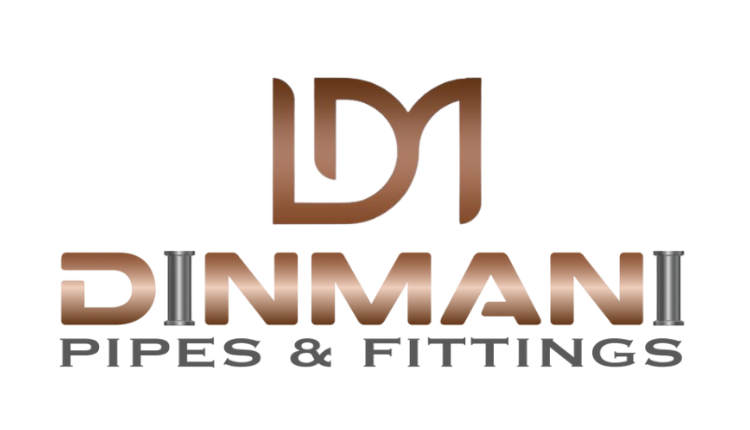Get A Quote
Get A Quote
+91

Home

Account

Get A Quote

About Us
Products
Materials
Contact Us
Connect with us
Get A Quote

Home

Account

Get A Quote

Nickel Alloy 201 Seamless Pipe Bend Pipe Fittings are a popular choice in industries requiring high corrosion resistance and temperature variations. The chemical composition of this alloy is primarily nickel, with a small addition of copper and other elements such as iron, manganese, silicon, carbon, sulfur, and phosphorus. The copper present in this alloy is responsible for its exceptional resistance to various types of acidic solutions, including sulfuric and hydrochloric acids. Additionally, the unique combination of other elements in Nickel Alloy 201 ensures excellent mechanical properties, making it an ideal choice for critical applications in aerospace, oil and gas, and chemical processing. Whether you're looking for pipes, fittings, or any other component made from Nickel Alloy 201, you can rest assured that it will provide the durability and longevity required to withstand the harshest operating conditions.
Due to their unique properties, nickel Alloy 201 Seamless Pipe Bend Pipe Fittings are essential components in many industrial settings. These fittings are made from a nickel alloy that contains low carbon and high nickel content, making them highly resistant to corrosion and oxidation. They are also known for their excellent thermal and electrical conductivity, making them ideal for high-temperature and high-pressure applications. Some common Nickel Alloy 201 Seamless Pipe Bend Pipe Fittings uses include chemical processing, petrochemicals, and power generation. They are also used in the aerospace, marine, and nuclear industries. With their outstanding resistance to corrosion and durability, these fittings will continue to be valuable assets in many industries.
Nickel Alloy 201 Seamless Pipe Bend Pipe Fittings are a popular choice in industries requiring high corrosion resistance and temperature variations. The chemical composition of this alloy is primarily nickel, with a small addition of copper and other elements such as iron, manganese, silicon, carbon, sulfur, and phosphorus. The copper present in this alloy is responsible for its exceptional resistance to various types of acidic solutions, including sulfuric and hydrochloric acids. Additionally, the unique combination of other elements in Nickel Alloy 201 ensures excellent mechanical properties, making it an ideal choice for critical applications in aerospace, oil and gas, and chemical processing. Whether you're looking for pipes, fittings, or any other component made from Nickel Alloy 201, you can rest assured that it will provide the durability and longevity required to withstand the harshest operating conditions.
Due to their unique properties, nickel Alloy 201 Seamless Pipe Bend Pipe Fittings are essential components in many industrial settings. These fittings are made from a nickel alloy that contains low carbon and high nickel content, making them highly resistant to corrosion and oxidation. They are also known for their excellent thermal and electrical conductivity, making them ideal for high-temperature and high-pressure applications. Some common Nickel Alloy 201 Seamless Pipe Bend Pipe Fittings uses include chemical processing, petrochemicals, and power generation. They are also used in the aerospace, marine, and nuclear industries. With their outstanding resistance to corrosion and durability, these fittings will continue to be valuable assets in many industries.



























-1688635827661.webp)




No more suppliers available.
Website Banner